Buy 3-MMC (3-Methylmethcathinone)
Key Information:
- Chemical Formula: C11H15NO
- Molecular Weight: 177.24 g/mol
- IUPAC Name: 2-(methylamino)-1-(3-methyl phenyl)-1-propanone
- CAS Number: 1246816-62-5
Physical and Chemical Properties:
- Appearance: 3-MMC typically exists as a white or off-white crystalline powder.
- Solubility: It is soluble in organic solvents and sparingly soluble in water.
- Melting Point: The melting point range of 3-MMC is approximately 209-210 °C.
Mode of Action:
As a stimulant, 3-MMC acts on the central nervous system by increasing the release and inhibiting the reuptake of certain neurotransmitters, such as dopamine, norepinephrine, and serotonin. These actions contribute to its stimulating and euphoric effects.
Understanding 3-MMC: Effects, Benefits, and Potential Uses (3-Methylmethcathinone)
To conduct responsible research, it is essential to understand the effects of this product. This research chemical is known to induce stimulant and empathogenic effects, often described as producing feelings of euphoria, increased energy, and enhanced sociability. Researchers have explored its potential benefits in studies related to mood enhancement and social interaction. At Substitute Chemicals, we compile the latest scientific knowledge and user experiences to provide a comprehensive understanding of this product’s effects.
Research and Potential Uses:
This product is primarily used in laboratory and research settings. It is commonly employed as a chemical reference or analytical standard for forensic and toxicology applications. Researchers may investigate its pharmacological properties, receptor binding affinities, or metabolic pathways to better understand the compound’s effects and potential risks.
Safety and Precautions:
Since this product falls within the substituted cathinone class, it is crucial to exercise caution and adhere to safety protocols. The potential risks associated with 3-MMC use include:
- Health Effects: As a stimulant substance, 3-MMC can cause various physiological and psychological effects. These may include increased heart rate, elevated blood pressure, insomnia, anxiety, agitation, and potential cardiovascular complications.
- Limited Research: Due to its relatively recent emergence, there is limited scientific research available on the long-term effects, toxicity, and potential risks associated with this product. It is essential to prioritize safety and refrain from human consumption.
- Addiction Potential: Like other cathinones and stimulants, this product may carry a risk of addiction and dependence. Extended or frequent use can lead to tolerance, withdrawal symptoms, and potential substance abuse issues.
Navigating 3-MMC Dosage Guidelines for Proper Research
Proper dosage is crucial when conducting research with this product. Substitute Chemicals offers detailed dosage guidelines to ensure the safe and effective use of this research chemical. It is important to start with low doses and gradually titrate up to find the optimal dosage for your research objectives. Individual tolerance levels, purity of the compound, and potential risks should always be taken into consideration. Our guidelines aim to support researchers in conducting their studies responsibly.
Prioritizing Safety: Important Considerations and Precautions for 3-MMC
At Substitute Chemicals, we prioritize safety above all else. We provide essential information on safety considerations and precautions associated with 3-MMC research. These guidelines cover aspects such as harm reduction practices, potential interactions with other substances, and the importance of conducting research in controlled settings with appropriate safety measures. By following these guidelines, researchers can minimize potential risks and ensure the safety of their experiments.
Comparing 3-MMC to Other Research Chemicals: Insights and Analysis
Wondering how 3-MMC compares to other research chemicals? Substitute Chemicals offers insights and analysis, highlighting the similarities and differences between 3-MMC and other compounds within its class. Understanding these comparisons can assist researchers in making informed decisions and selecting the most suitable compound for their specific research goals.
Mechanism of Action: Unraveling the Science Behind 3-MMC
The unique effects of 3-MMC are attributed to its specific mechanism of action. Substitute Chemicals delves into the scientific understanding of how this research chemical interacts with the brain and nervous system. By exploring its receptor binding profile and neurotransmitter modulation, we shed light on the underlying mechanisms that contribute to the observed effects of this product.

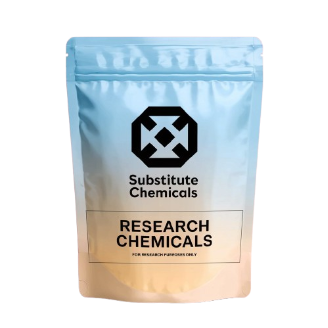
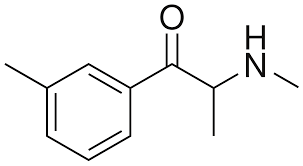
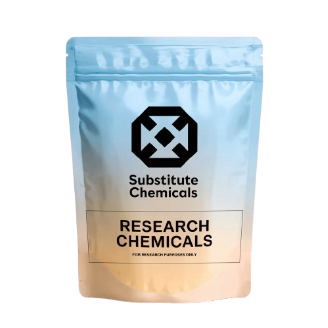
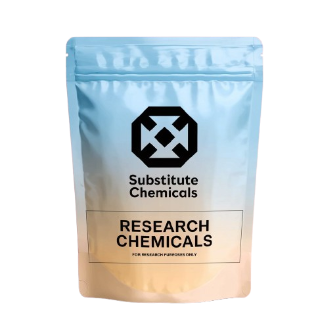
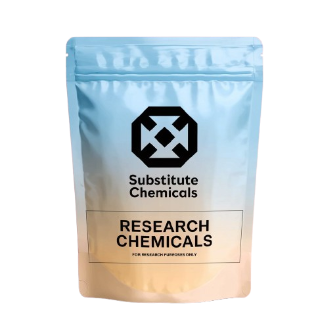
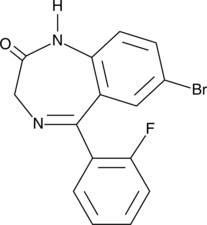
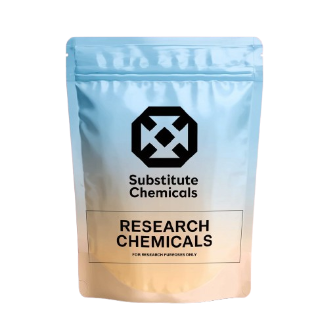
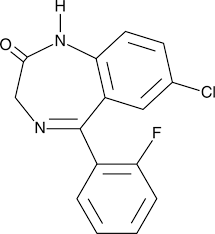
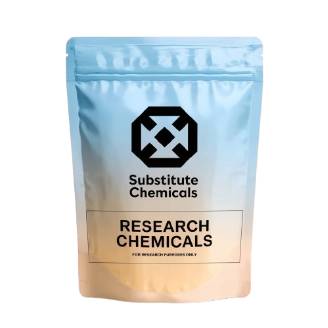
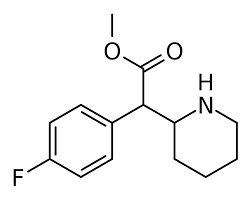
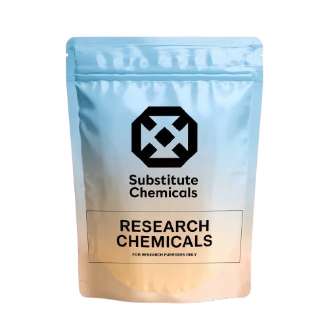
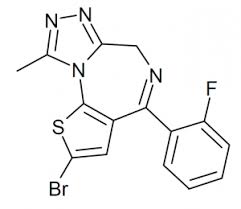
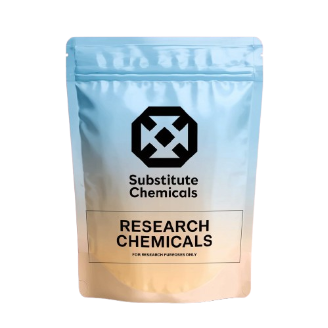
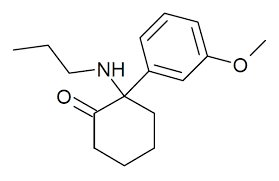
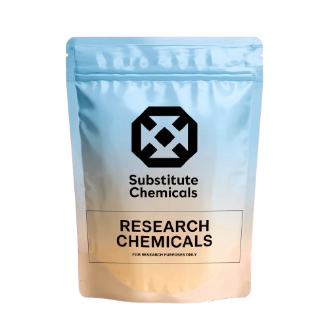
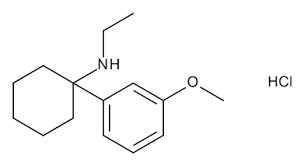
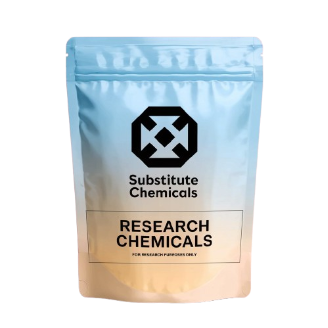
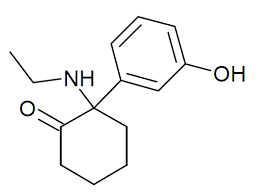
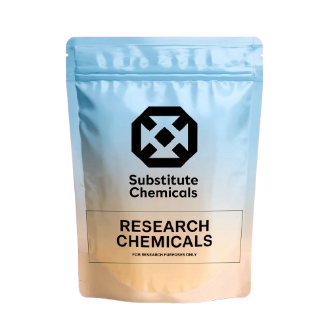

Reviews
There are no reviews yet.